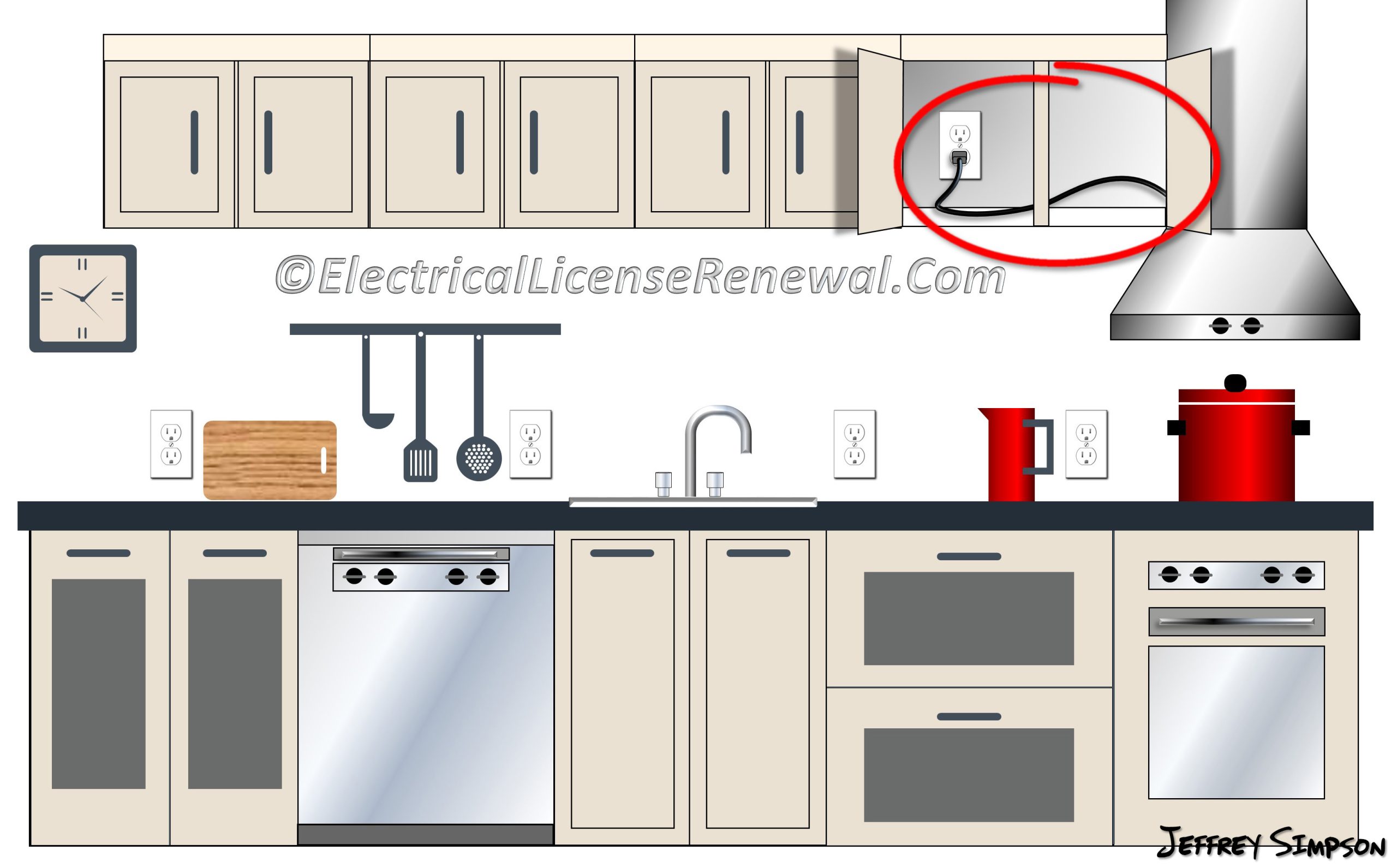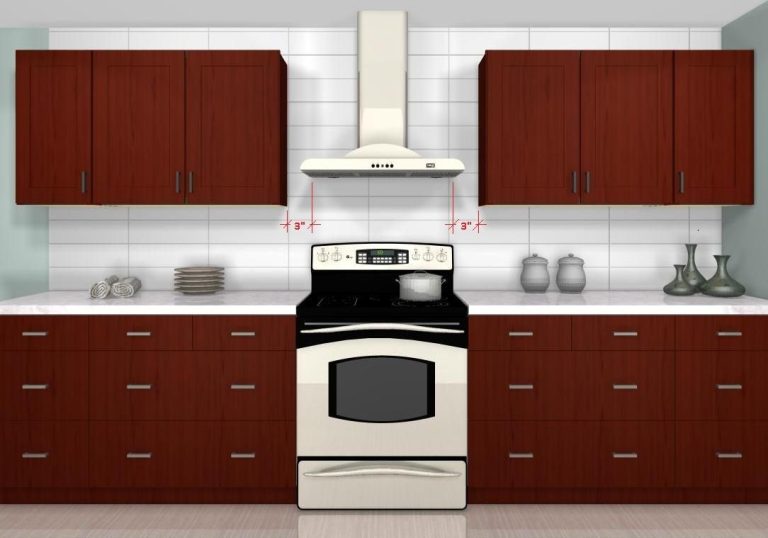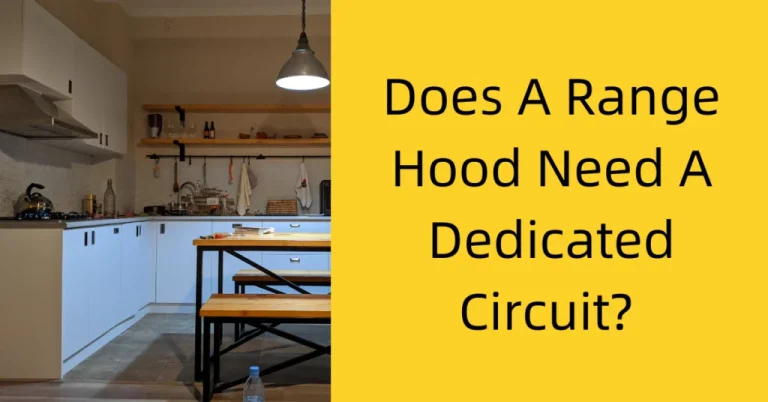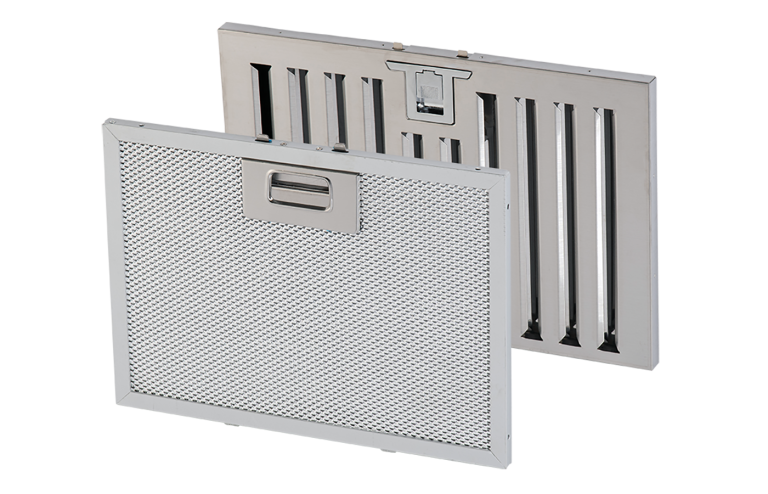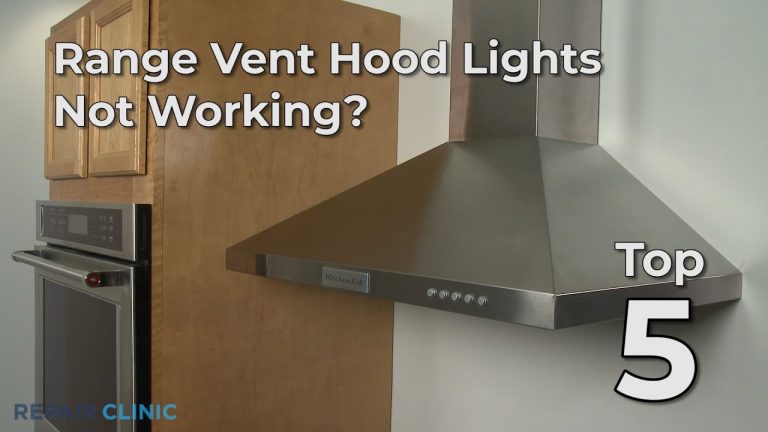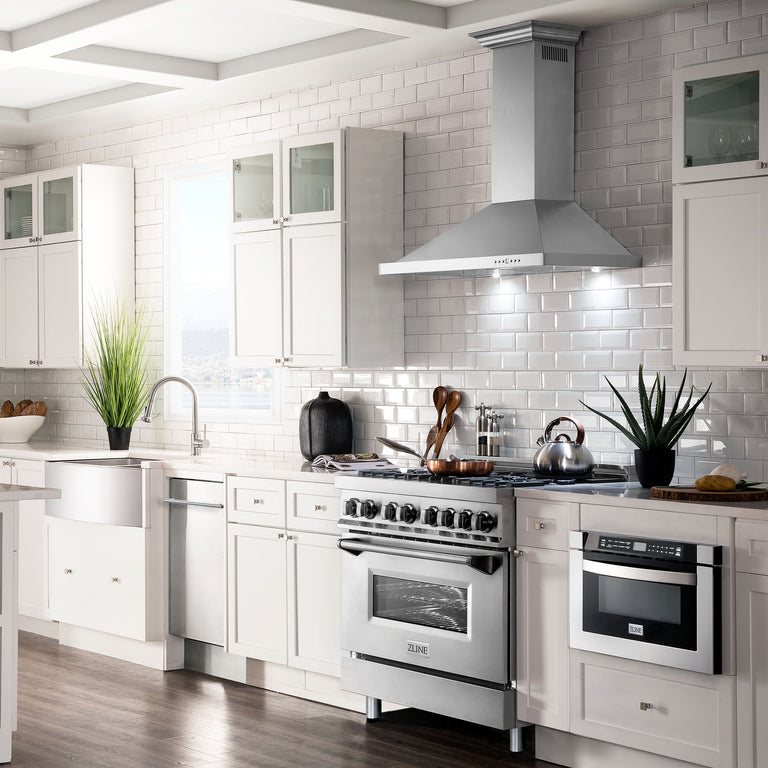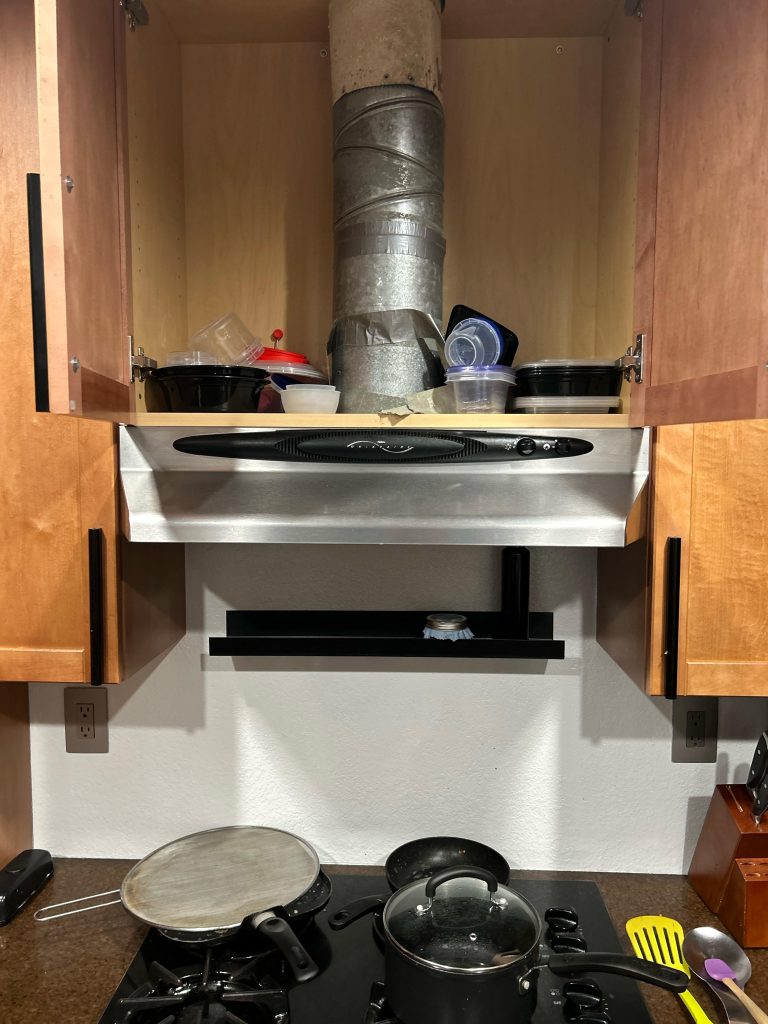The ideal height for a range hood outlet is typically between 30 to 36 inches above the cooking surface. This height ensures optimal ventilation while maintaining safety and convenience.
Proper installation of a range hood is crucial for effective kitchen ventilation. It removes smoke, odors, and grease, creating a healthier cooking environment. A well-placed outlet enhances the hood’s performance, preventing any obstruction during cooking. Choosing the right height can also improve the overall aesthetics of your kitchen.
Different cooking styles may require slight adjustments to this standard height. Always consider the type of range or cooktop you have, as this influences the best outlet placement. Understanding these factors ensures both functionality and style in your kitchen design.
Introduction To Range Hood Installation
Proper placement of a range hood is essential for an efficient kitchen. It helps in removing smoke, odors, and heat from cooking. Height is crucial for safety and effectiveness. An outlet positioned too high may hinder performance.
Choose a height that allows for easy use without obstruction. A well-placed hood enhances visibility while cooking. Proper installation also contributes to a cleaner kitchen environment. Efficiency in air circulation makes cooking more pleasant.
Consider the design of your kitchen when deciding on outlet height. A well-thought-out plan improves overall kitchen functionality. It ensures that your range hood works optimally and looks great.
Determining The Right Height
Choosing the right height for your range hood is very important. Each manufacturer has specific recommendations. Most suggest a height of 24 to 30 inches above the cooking surface.
Common height standards vary based on the type of cooking. For gas stoves, the height should be higher, often around 28 to 36 inches. Electric stoves generally work well at a lower height of 24 to 30 inches.
| Type of Stove | Recommended Height |
|---|---|
| Gas Stove | 28 to 36 inches |
| Electric Stove | 24 to 30 inches |
Factors Influencing Outlet Height
Stove type and size play a big role in determining outlet height. A larger stove often needs a higher outlet. Check the manufacturer’s recommendations for best results. Gas stoves might need different heights compared to electric ones.
Kitchen layout also affects outlet placement. Consider the distance between the stove and the wall. An open layout may require a different height than a closed one. Safety is important; ensure the outlet is not too low. This helps avoid accidents and keeps the kitchen tidy.
Measuring For Installation
Measuring for installation requires specific tools and techniques. Start with a tape measure to determine the correct height. Use a level to ensure the range hood is straight. A stud finder helps locate wall studs for strong support.
Mark the outlet location clearly. Use pencil marks for easy visibility. Ensure all measurements are accurate to avoid mistakes. A helper can hold the range hood while you check for alignment.
Double-check all measurements before drilling. This step prevents any unnecessary holes in your wall. Keeping the outlet at the right height is crucial for functionality and safety.
Adjusting For Ventilation Efficiency
Air flow is crucial for a range hood’s performance. Proper outlet height helps maximize efficiency. The ideal height for most hoods is 24 to 30 inches above the cooktop. This range allows for optimal air movement while reducing the risk of fire hazards.
Avoid placing the outlet too high or too low. This can lead to poor ventilation and ineffective smoke removal. Ensure the duct size matches the hood specifications. Using the wrong size may block air flow.
Check for any obstructions in the duct path. These can create airflow problems. Regular maintenance helps keep the system clean. Clean filters and ducts improve overall efficiency.
Credit: www.ncwhomeinspections.com
Compliance With Building Codes
Understanding local regulations is crucial for proper range hood installation. Different areas have unique building codes. Always check the height requirements for outlets. This ensures safety and efficiency.
Safety and inspection guidelines help maintain a safe kitchen. Proper outlet height prevents accidents. It also ensures the range hood works effectively. Always hire a qualified professional for inspections.
Compliance with codes avoids costly fines. It also protects your home from hazards. Follow these guidelines to ensure a safe cooking environment.
Aesthetic And Design Choices
Choosing the right range hood outlet height is important for both functionality and style. It can enhance your kitchen’s aesthetic appeal while ensuring proper ventilation. Matching your range hood with your decor styles makes a big difference.
Consider these popular decor styles:
- Modern: Sleek lines and minimalistic designs.
- Farmhouse: Rustic elements with warm colors.
- Industrial: Raw materials and bold finishes.
Customization options allow for unique touches. You can select different finishes and sizes. Choosing a color that matches your kitchen will create a cohesive look. Personalizing your range hood adds a special charm to your space.
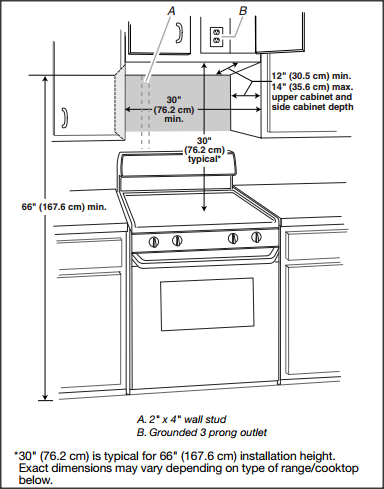
Credit: www.naturalhandyman.com
Professional Installation Vs. Diy
Choosing between professional installation and DIY for your range hood outlet height is crucial. Each option has its own pros and cons.
| Option | Pros | Cons |
|---|---|---|
| Professional Installation | Expertise and safety | Higher cost |
| DIY | Cost-effective, fun | Risk of mistakes |
Determining when to call an expert is essential. Complex installations require professional help. Safety should always be a priority. If unsure, it’s better to get a qualified technician.
Maintenance And Upkeep
Regular maintenance keeps your range hood working well. Cleaning is essential for good performance. Use a soft cloth and warm, soapy water. Avoid harsh chemicals that can damage surfaces.
Wipe down the exterior regularly. Clean the filters every month to prevent grease buildup. Some filters are dishwasher-safe. Check the manufacturer’s instructions for the best cleaning methods.
Long-term care helps your range hood last longer. Ensure the ducts are clear of debris. Schedule professional cleaning once a year. Inspect the fan and motor for any issues.

Credit: therangehoodstore.com
Troubleshooting Common Issues
Adjusting the height of your range hood can solve many issues. Make sure the outlet is at the correct height. This helps with ventilation and smoke removal.
Common problems include:
- Insufficient airflow due to incorrect height.
- Noise from the fan if it’s too low.
- Overheating from poor ventilation.
Check the manufacturer’s guidelines for the right outlet height. Adjustments can make a big difference in performance. Regular maintenance keeps your range hood working well.
Future-proofing Your Installation
Planning for upgrades is important. Choose a flexible outlet height for your range hood. This allows easy changes later. Future technologies may require different heights.
Adapting to new technologies keeps your kitchen modern. Consider smart range hoods that need special outlets. Think about energy efficiency when planning. It can save money on bills.
| Considerations | Details |
|---|---|
| Outlet Height | Choose adjustable heights for flexibility. |
| Smart Features | Plan for smart technology compatibility. |
| Energy Efficiency | Invest in energy-efficient models. |
Frequently Asked Questions
What Is The Ideal Range Hood Outlet Height?
The ideal range hood outlet height is typically between 24 to 30 inches above the cooking surface. This height ensures optimal ventilation and effective removal of smoke and odors. It’s essential to follow manufacturer guidelines for specific models to guarantee safety and performance.
How High Should A Range Hood Be Installed?
A range hood should be installed 24 to 36 inches above the cooktop, depending on the type of stove. Gas stoves usually require a higher installation compared to electric ones. Adhering to these recommendations ensures better air circulation and prevents potential fire hazards.
Can I Adjust The Height Of My Range Hood Outlet?
Yes, many range hoods allow for height adjustments during installation. This flexibility accommodates different kitchen layouts and user preferences. Always refer to the installation manual for specific instructions to achieve the best results.
Why Does Range Hood Height Matter?
The height of the range hood directly affects its efficiency. A properly installed hood captures smoke, steam, and odors more effectively. Incorrect height can lead to poor air quality and may compromise safety in your kitchen.
Conclusion
Choosing the right range hood outlet height is essential for optimal performance. Proper installation enhances ventilation and improves kitchen air quality. Always consider your kitchen layout and personal cooking habits. By following these guidelines, you can ensure safety and efficiency in your cooking space.
Invest time in this important decision for lasting benefits.
